10 Common Mistakes to Avoid When Setting Up a Modular Hardwall Cleanroom
Setting up a modular hardwall cleanroom is an essential step for industries requiring a contaminant-free environment. However, even the smallest oversight can compromise its effectiveness. In this guide, we'll walk through ten common pitfalls to avoid, ensuring your cleanroom not only meets but exceeds expectations.
1. Neglecting the Importance of Proper Site Selection
Choosing the wrong location for your modular hardwall cleanroom can set you up for failure before you even begin. Environmental factors such as dust, airflow patterns, and even nearby activities can drastically affect the contamination levels within your cleanroom. It's advisable to conduct an extensive analysis of the site to ensure it meets the required conditions for cleanliness and operation efficiency. Ignoring this step might lead to increased contamination risks and higher operational costs in the long run.
2. Underestimating the HVAC Requirements
An efficient HVAC system is crucial for maintaining the necessary conditions inside a modular hardwall cleanroom. It’s about much more than just keeping the area cool; it controls temperature, humidity, and particle filtration to ensure the environment stays within specification. Failing to accurately calculate your HVAC needs can lead to inadequate air filtration, which compromises the cleanroom's integrity and, consequently, the quality of work or research being conducted inside.
3. Skipping Detailed Planning and Design
Cutting corners during the planning phase is one of the most critical mistakes you can make. A well-designed modular hardwall cleanroom takes every detail into account, from traffic flow to the placement of equipment and air returns. Omitting thorough planning can result in workflow inefficiencies, contamination issues, and a lack of necessary adjustments as your cleanroom demands evolve. Remember, adaptability and functionality lie at the core of a well-executed cleanroom design.
4. Ignoring ISO Classification and Compliance
Understanding and adhering to ISO standards is essential for cleanroom design and implementation. ISO classifications help determine the level of cleanliness required for different types of cleanrooms based on the nature of the work being conducted. Overlooking these standards can lead to regulatory issues and potential fines, not to mention the risks to product quality and safety. Always ensure your modular hardwall cleanroom meets or exceeds the relevant ISO standards.
5. Overlooking Future Expansion or Modification Needs
Your business needs will inevitably change, and your modular hardwall cleanroom should be able to adapt to these changes. Failure to plan for future expansion or modification can lead to significant downtime and additional costs down the line. Designing with flexibility in mind ensures that your cleanroom can grow and change with your business, preventing costly overhauls and ensuring continuity of operations.
6. Choosing Inappropriate Materials for Wall Panels and Flooring
The materials used in the construction of your modular hardwall cleanroom are crucial for maintaining cleanliness and preventing contamination. Opting for materials that are difficult to clean or that degrade over time can introduce contaminants into your controlled environment. High-quality, non-porous materials should be selected for wall panels and flooring to ensure durability and ease of cleaning, thus safeguarding the integrity of your cleanroom.
7. Inadequate Control of Static Electricity
Static electricity can pose a significant risk in a modular hardwall cleanroom, attracting particles and potentially damaging sensitive equipment. Proper grounding and the use of electrostatic discharge materials are critical steps in mitigating these risks. Overlooking the importance of controlling static electricity can compromise the cleanroom's safety and the quality of the processes conducted within.
8. Failing to Implement Proper Cleanroom Protocols
The effectiveness of a modular hardwall cleanroom doesn’t solely depend on its physical features; strict adherence to cleanroom protocols is equally important. This includes everything from how personnel gown before entering the cleanroom to how equipment is cleaned and maintained. Neglecting to establish and enforce these protocols can quickly lead to contamination issues, undermining the primary function of your cleanroom.
9. Neglecting Regular Maintenance and Monitoring
Ongoing maintenance and monitoring are essential to ensure that a modular hardwall cleanroom continues to meet the required standards over time. Without regular checks and balances, filters can become clogged, and equipment may fail, leading to downtime and potentially contaminating your cleanroom environment. Implementing a comprehensive maintenance strategy is crucial for the longevity and efficiency of your cleanroom operations.
10. Opting for Low-Quality Furnishing and Equipment
Investing in high-quality furnishing and equipment is vital for a modular hardwall cleanroom. Choosing lower-quality options might seem cost-effective in the short term, but they can introduce contamination and require frequent replacements, leading to higher expenses and operational disruptions. By selecting durable, cleanroom-appropriate furnishings and equipment, you can avoid these pitfalls and maintain a high level of cleanliness and efficiency.
For a no-obligation quote on your next cleanroom project reach out to CleanAir Solutions at www.CleanroomSpecialists.com, or by contacting their sales department via email: Sales@CleanroomSpecialists.com.

